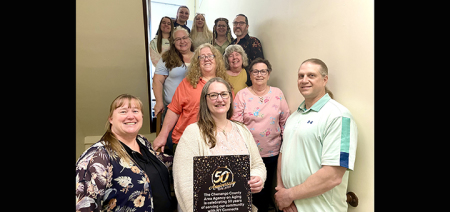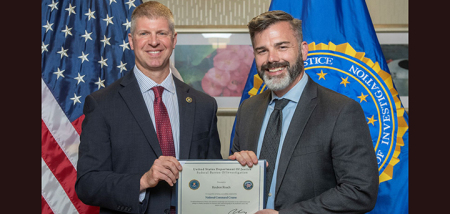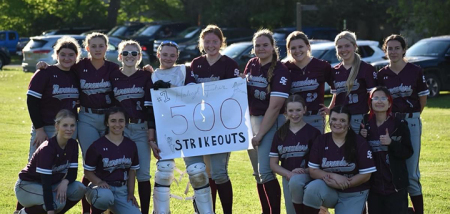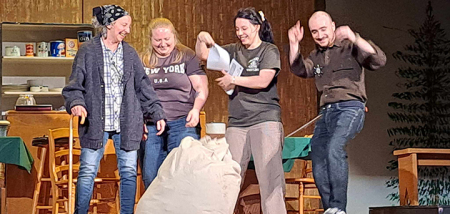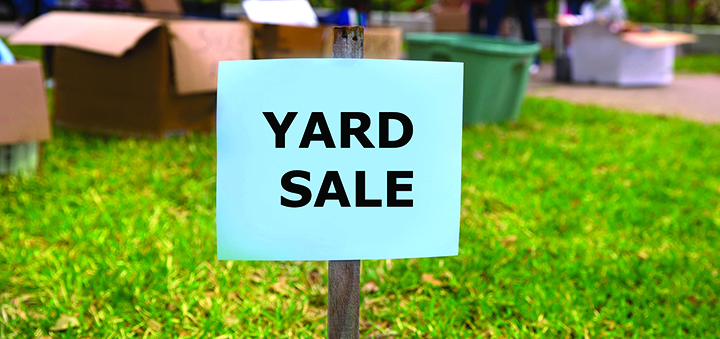The Impact Of Citizen Science
Published:
July 24th, 2019
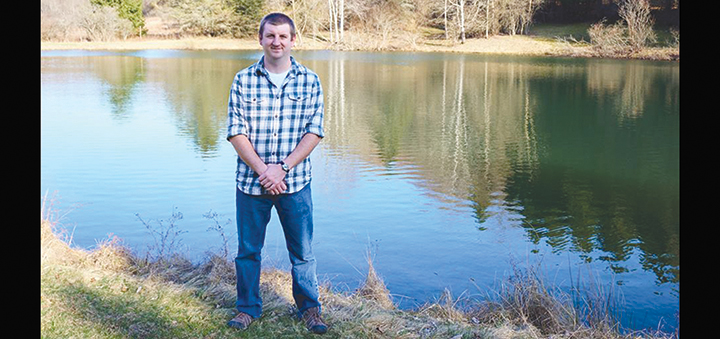 Submitted Photo
Submitted Photo
Eric Davis
Sun Outdoor Columnist
When I started my graduate degree coursework at SUNY Oneonta, I ended up taking courses that were designed for the Lake Management program because my thesis project focused on finding ways to clean watercraft to stop the spread of zebra mussels.
As I dove into the world of aquatic invasive species, or AIS, I began to hear the professors and guest lecturers using the term citizen scientists during class. In all honesty, I was a little perplexed at what they were talking about. The first major discussion revolved around the CSLAP program in New York.
CSLAP stands for Citizens Statewide Lake Assessment Program. The program is run by the NYSDEC and the New York State Federation of Lake Associations, Inc. (or NYSFOLA). In this program, volunteers from lake associations in NYSFOLA collect water samples that are analyzed for a variety of water quality parameters, including the presence of harmful algal blooms.
This helps the DEC keep up to date on the water quality at far more lakes than they could using only staff to collect the samples. Under the same program, volunteers may collect aquatic plant samples to help keep track of the spread of invasive plant species, or conduct interviews with anglers as they leave the lake to get a rough idea of the condition of the fishery in the lake. The lake association and DEC receive reports of the samples in addition to a year-end summary of all the samples taken. You can do a quick search online to find out more if you are interested in the CSLAP program.
A few months later, at the NYS Chapter of the American Fisheries Society Conference in Saranac Lake I learned about the iMapInvasives app during a presentation. The app can be downloaded onto your smartphone and when you think you see an invasive species you enter it into the app and can even add pictures to your report. Then it goes to someone at the local Partnership for Regional Invasive Species Management, or PRISM, where a professional will check out the report and can decide if its credible, if they want to go check for themselves, or they can determine it’s a false sighting. This ability to stay updated with locations of these organisms helps natural resource managers make more informed decisions about treatment plans.
In the birding world, there is citizen scientist event every year in the form of the Great Backyard Bird Count that helps the researchers at Cornell University’s Lab of Ornithology and the Audubon Society. For this event, they ask that you bird watch in your backyard for at least 15 minutes during a multiple day period in February. You then submit what species of birds you observed. This event essentially makes a snap-shot of where birds are right then. The researchers can put the reported sightings into software programs and create species distribution maps. The GBBC data can also help researchers see changes over time or based on other factors such as a hard winter in the northern US causing certain species to go farther south than normal.
Wildlife management agencies typically will use participant surveys to help gauge management results or guide future changes. These surveys rely on the person to participate an activity, such as turkey hunting, to provide answers to the survey questions. However, there are some surveys that can be done by anybody. In the month of August, the DEC asks for people to submit turkey sightings to them. The focus of the sighting survey is to gauge poult survival into the population, also called reproductive success. If you see turkeys, they ask that you try to count how many turkeys you see and break down the numbers into adult females (hens), adult males (toms), poults, and unknown age. They also ask for the county, town, and nearest village to where the sighting occurred. Also, they ask that you try not to report seeing the same flock multiple times. You can submit sighting on the DEC website or you can print out the sighting forms and mail them in.
As a former natural resources agency employee, I know that staff members are spread thin in terms of trying to do everything. The impact that citizen scientists can have on the management of those resources can be truly incredible. Being able to collect water samples at dozens of lakes all at the same time, or have hundreds of people across the state who can snap a picture and report a possible invasive species sighting at the same time allows those agencies to do more with what they have.
Comments
